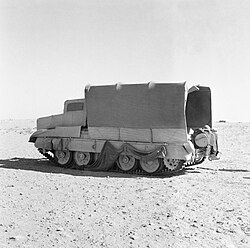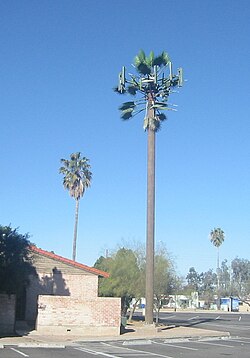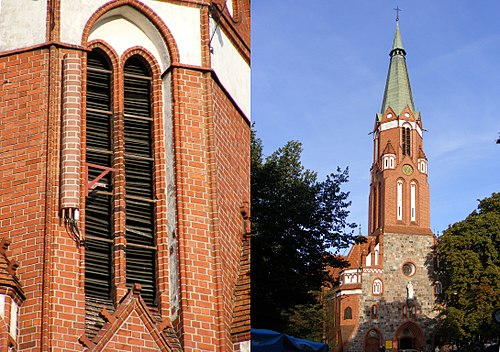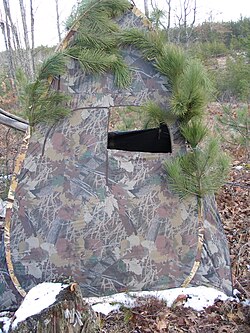AY Honors/Animal Camouflage - Advanced/Answer Key
Template:AY patch unavailable
Template:Honor desc
1. Have the Animal Camouflage Honor.
For tips and instruction see Animal Camouflage.
2. What role does camouflage play in the world today? Describe ways that three industries or organizations use camouflage.
Militaries around the world all use camouflage extensively on field uniforms, vehicles, and to conceal some installations. Camouflage in war is skilled craft requiring a range of artistic and creative techniques.
Military camouflage was spurred by the increasing range and accuracy of firearms in the 19th century, compared to the Red Coats the British used which were the exact opposite of camo. In particular the replacement of the inaccurate musket with the rifle made personal concealment in battle a survival skill. In the 20th century, military camouflage developed rapidly, especially during the First World War. On land, artists such as André Mare designed camouflage schemes and observation posts disguised as trees. At sea, warships and troop carriers were painted in dazzle patterns that were highly visible, but designed to confuse enemy gunners as to the target's speed, range, and heading. During and after the Second World War, a variety of camouflage schemes were used for aircraft and for ground vehicles in different theatres of war. The use of radar since the mid-20th century has largely made camouflage for fixed-wing military aircraft obsolete.
A particularly famous example of the creative use of camp was Operation Bertram in which the British Middle East Command Camouflage Directorate led by Geoffrey Barkas constructed hundreds of dummy vehicles and supply dumps, and physical camouflage for tanks and guns that made them appear to be harmless trucks. False radio traffic and a false water pipeline project were also part of the deception. The plan was wildly successful in fooling the German forces into thinking the planned attack would be two days drive away and several days later then it actually was, involving at least one non-existant division worth of armor. A fascinating story to look into. Here is one of the tanks and a drawing of how guns and their distinctive tow vehicles were camouflaged to look like a truck from a distance or the sky.
The Germans were completely fooled by the guns that looked like trucks, only realizing the deception when the guns opened fire at close range after the opening moves in the battle.
Here is a German aircraft hanger in Belgium designed to look like a residential street in 1944.
Cell Phone Towers are something we all rely on but don't want to see. To reduce the visual impact of towers, companies have devised camo schemes, including towers that look like pine trees, palm trees, church crosses, fake water towers, cacti, existing buildings etc. Nicknames include "monopalm" for a monopole disguised as a palm tree or "Pseudopinus telephoneyensis" for a mast disguised as a pine tree.
Automobile manufacturers often use camouflage techniques to disguise upcoming products still in development. Camouflage such as padding, covers, and decals is designed to obfuscate the vehicle's visual lines, throwing of competitors and preventing the premature publication of unauthorized photos of the car or truck design.
Fashion is an area that uses military style camo cloth for style, not function.
Artists may use camo for interest, to make a point about the military, or just to create fun images that kids can try to find hidden objects in.
Ian Hamilton Finlay's 1973 Arcadia screenprint uses camouflage in modern art to contrast leafy peace and military hardware.
Hunting and Field Sports are civilian areas where camo clothing and objects like bird blinds are used to disguise the human and trick the animal or bird into not being afraid of the humans.
3. Pick one animal from each of the following habitats and describe what type of camouflage it uses:
a. Desert
b. Prairie/Grassland
c. Tundra
d. Forest/ Jungle
e. Ocean
4. Pick one animal from each of the following phyla and describe what type of camouflage it uses.
a. Reptile
b. Mammal
c. Amphibian
d. Bird
e. Fish
f. Mollusk or Crustacean
There are too many possible answers for us to supply. Happy picking.
5. Do one of the following:
a. Visit a pet shop, zoo or other zoological park and find a minimum of 5 animals that use animal camouflage.
i. List each animal
ii. List what types of camouflage they use
iii. List what environment/habitat they inhabit in the wild
iv. Using a Venn diagram or its equivalent, Compare and contrast three of the animals with specific attention to their use of camouflage.
Adventist Youth Honors Answer Book/Zoo Visit
b. Own and/or help care for (2 weeks) an animal who uses camouflage.
i. List the type of camouflage it uses
ii. List what environment/habitat they inhabit in the wild
iii. Using a Venn diagram or its equivalent, compare and contrast its use of camouflage with a similar animal that does not use camouflage.
iv. Describe what role you played in its care, and whether it ever used its animal camouflage to hide from you.
The answers for this requirement are very dependant on what animal you choose. Snakes, reptiles, fish and birds are likely candidates for completing the honor. You might be able to cover the practical requirements for an honor like Bird Pets, Fishes, Reptiles or Small Mammal Pets at the same time.
c. Visit a Park or Habitat Protection Area and with the help of a docent or interpretive media, identify several native species of wildlife that use animal camouflage.
i. List each animal
ii. List what types of camouflage they use
iii. List what environment/habitat they inhabit in the wild
iv. Using a Venn diagram or its equivalent, Compare and contrast three of the animals with specific attention to their use of camouflage.
A "docent" is a person who acts as a guide, typically on a voluntary basis, in a park, museum, art gallery, or zoo. Interpretive media could be pamphlets, videos, signs, or an audio tour. In other words, don't just wander around, use the resources available to you at the park or protected area to learn whatever you can.
A Venn diagram is a set of overlapping circles (or other shapes) used to define sets.







